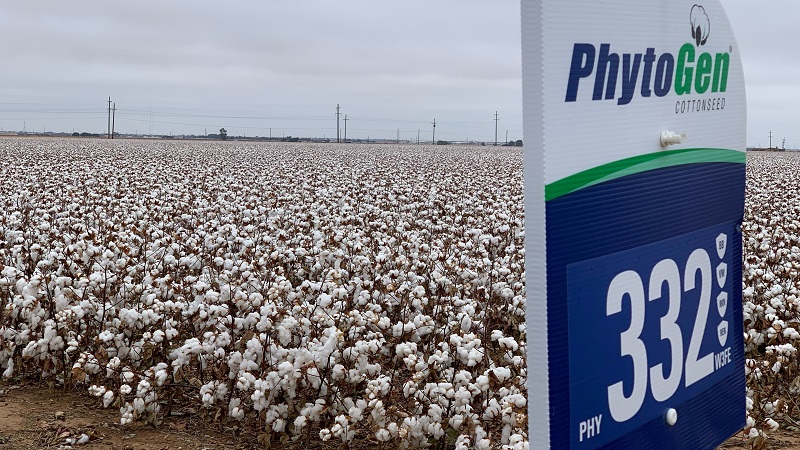Exploding Demand Draws Merchants’ Attention
Bangladesh, despite being one of the world’s smallest countries, is on the verge of becoming one of its biggest importers of cotton for three reasons:
1. There is very high demand for fabric due to its huge population.
2. The country exports a very high volume of ready-made garments (RMGs).
3. There is no cotton grown domestically.
Bangladesh currently imports about 5 million bales of raw cotton per year from different regions, the most significant being the United States, Africa, Australia, the Commonwealth of Independent States, India, and Pakistan.
The population of Bangladesh is about 160 million people. To meet the high demand for fabric in both the domestic and overseas markets, a considerable number of knitting and weaving mills the country have been running continuously.
The already-voracious demand for raw cotton is increasing even more and has been drawing the attention of cotton merchants around the world.
To meet the increasing demand for its products, Bangladesh has continued to experience tremendous growth in its yarn-producing capacity. Although the growth in the spinning sector is impressive, it must continue to expand to meet the very strong demand for yarn and fabrics from the RMG sector, both for domestic and overseas markets.
After taking into consideration the developments that have been affecting capacity in its spinning, weaving and knitting sectors, the industry projects that there will be a substantial gap between the amount of fabric required by the Bangladesh market and the amount that will be available.
As a result, Bangladesh is a growing market for raw cotton, yarn and fabrics–welcome news about a potentially lucrative opportunity for international merchants who deal in those items.
Going forward, Bangladesh will continue to be a top cotton consumer as it strives to produce enough derived items–including yarn, fabric, and RMGs–to meet a substantial portion of demand for those products on the world market.








